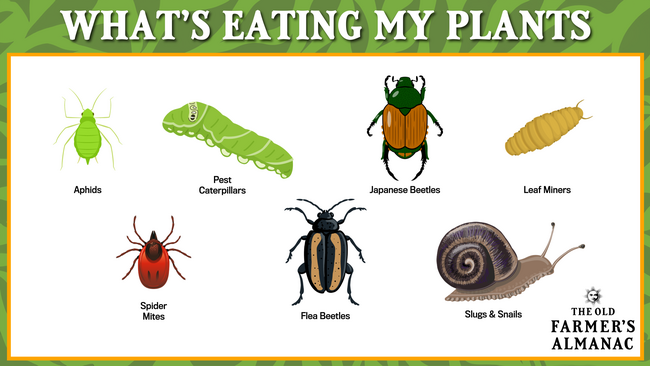
Photo Credit
D. Kucharski & K. Kucharska/Shutterstock
Subhead
Prevent Fungus Gnat Infestations!
Read Next
Gardening Products
More Like This
I had a really bad infestation of fungus gnats about a year ago. It took months to get rid of them. I think they hitched a ride in a basil plant my husband bought at the grocery store. After months of trying hydrogen peroxide, repotting plants, etc. The two things that finally worked were, I bought the yellow sticky traps and sprinkled Diatomaceous earth (food grade) on top of the soil. I feel like they were gone in about 2 weeks. Good Luck! They are extremely annoying and hard to get rid of if you have a ton of plants like I do.
Another method for dealing with Fungus Gnats is hydrogen peroxide. I read about it and thought "This is crazy!" but I was desperate enough to try anything, so I did. Mix 1 part 3% house hold peroxide with 3 parts water (or was it 4 parts? I can't remember...) and water the plants thoroughly with the mix. The soil foams and bubbles, but at the end the fungus gnats are gone, and the plant remains healthy. I have tried this with food grade 35% peroxide as well, and it does NOT work (I was diluting with 33 parts water to compensate for the higher peroxide content). I suspect the stabilizer(s) they put in household peroxide may be the active ingredient rather than the peroxide itself. As different companies use different stabilizers, this may make a huge difference...
Just moved into a home and my son said he saw silver fish. I tell people I don’t garden as I kill cactuses. Just wanted you to know I found your information on silver fish very interesting. Realized20 years ago I over watered the cactus thank you so much! For your article
You can also purchase a bottle of BT Isrealensis powder and apply per instructions to the plant. Works for me.😀😀
I found a really good way to get rid of these little buggers. First, empty your garbage pail out [the kind of pail that has a swing open cover], then place a fresh banana peel at the bottom of it. The gnats will enter the pail through the slits of the swing open cover and go all the way to the bottom of the bucket to get to that banana peel. After a good period of time, GENTLY bring your bucket outside, be very smooth in this motion cause these gnats are fast flyers and will get out of the bucket if it is suddenly jostled. Once outside [close the house door behind you], lift the lid off the bucket. This action will startle the gnats and send them flying out of the bucket in all directions where the real open world with predators awaits them. I've literally cleaned out my entire condo of these gnats with this method, and yes, they are all coming from houseplant soil. GOOD LUCK !!
Great article Chris just one problem not mentioned is the mess they leave on ceilings and walls. Everywhere they go, they eliminate so my newly painted white ceiling has brown dots all over it so upsetting
I've noticed the ONLY time I have any kind of gnats is when I bring home bananas from the store. I honestly believe that the eggs hatch after bringing home the bananas. From now on, I'm going to dip the bananas in a vinegar/water bath and hope that will kill any gnats.
Once I get house pants in and have to water them, I turn on the ceiling fan an hour or two a few times a week. No fungus = No fungus gnats. (The little can traps work, but I have used a water spray in the past in an old, empty spray bottle that has about 2 inches of ammonia stirred in, but I stand back and push the spray-handle lightly because too much would burn the leaves.)
Also, testing for seeds, I dump several seeds into a half-glass of water and leave it overnight. If the seeds are dried up and dead inside they float. If they sink, they're good and alive. It works.
Use mixture of 25% hydrogen peroxide to water plant several weeks to cover entire bug lifecycle. Does not hurt plants and us is cheap non toxic solution.
Sprinkle cinnamon
- « Previous
- 1
- 2
- …
- 10
- Next »









Comments